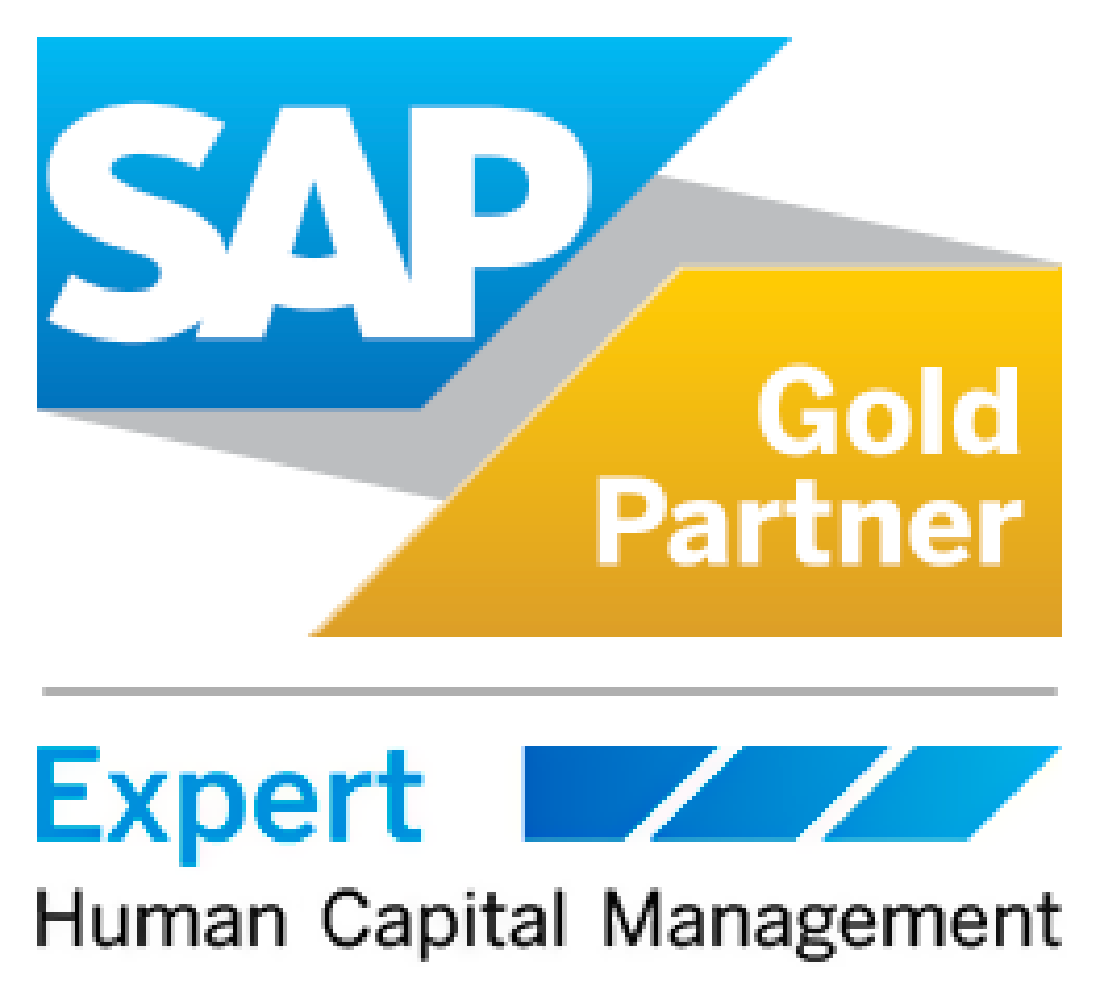
SAP SuccessFactors Implementation Partner
Turbocharge your SAP implementation with Effective People
SAP SuccessFactors Implementation Partner
As a leading global provider of SAP SuccessFactors, HR advisory, and workforce management solutions, Effective People helps organizations across all territories and industries to drive better business outcomes, improve HR effectiveness, streamline payroll processes, and create great employee experiences.
Your Trusted SuccessFactors Partner
We’ve completed more than 1,000 SAP SuccessFactors projects in more than 100 countries worldwide throughout the past 20 years. Our 250 consultants cover all major industries and provide continued operational support and maintenance for more than 150 companies. We’re in the SAP Hall of Fame and have been awarded Expert status in SAP’s Competency Framework. Together with our customers, we’ve won 13 SAP Quality Awards and received the SAP Partner Excellence Award for outstanding service across the entire SAP portfolio.

SAP SuccessFactors Implementation: Experience Matters
The SAP SuccessFactors Human Capital Management (or Human Experience Management) suite is the best solution we’ve found for managing workforce data, offering support for all your people processes—from hire to retire, including employee experience, time management, people analytics, and payroll.
Whether implementing one module or the entire SuccessFactors suite, having an experienced partner is crucial to a successful go-live. Effective People has proven and well-tested implementation frameworks that empower you to leverage SAP SuccessFactors technology and deliver key business outcomes.
Best Practices for your SAP Implementation: Our team is your team
Through collaboration and consultation, Effective People delivers solution implementations at scale, while recommending best practices and aligning with system design principles and project charters.
We help you implement solutions that allow you to eliminate budget waste, and create efficiencies in operational and strategic areas, as well as resource management. We align our implementation process with your key business drivers for an improved end-user experience and an increased strategic focus on connecting your Human Resources to your overall business goals.
Our Base Model Approach
With our Base Model Approach for implementation, we combine best-practice guidelines and SAP best-practice recommendations to deliver a thoughtfully designed solution for each SAP SuccessFactors module with a pre-configured system. The result is a simple, well-integrated solution that can be used as a starting point for either Fast Track or Enterprise-level implementations. Better still, configuration and documentation are fully completed from the beginning of the project, saving both time and cost.
SAP Licences
Effective People is a truly international company, capable of global service delivery. We’ve been at the forefront of SAP SuccessFactors for almost 20 years, working closely together with our customers to implement SAP SuccessFactors on a global scale. We have SAP licence reseller agreements in United States, Canada, Germany, United Kingdom and Ireland, Netherlands, Denmark and Sweden. Contact us to learn how we can support your digital transformation.

Roadmap Services
Planning out your organization’s technology roadmap is important to successfully implement the correct technologies at the right time.
Effective People has the experience to help you build a roadmap based on your organization’s business processes and requirements.
Release Management
SAP SuccessFactors’ biannual release can be overwhelming for many organizations. There’s a lot to digest, so let us do the “heavy lifting” for you. Our experts review the updates and make comprehensive recommendations per module. Sign up for our customer community newsletters and gain access to release briefings, news and updates from SAP SuccessFactors before the changes hit your SuccessFactors instance’s production environment.
Customized Solutions for Total Workforce Management
Effective People understands organizations' complexities and unique challenges in managing dispersed and diverse workforces through platforms like SAP SuccessFactors. With years of experience in the field, we are helping organizations navigate the intricacies of total workforce management. We work closely with our clients to develop customized solutions that cater to their specific workforce management needs. Through our comprehensive approach, organizations gain valuable insights into their workforce dynamics, enabling them to make informed decisions and proactively address talent-related challenges. By partnering with us, organizations can unlock the true potential of their workforce management processes.
Support & Helpdesk
After a successful go-live, your system and processes need support to keep everything functioning properly.
As you embark on your digital transformation journey, we provide the SAP enterprise support services you need to transition your human resource processes to the cloud, helping you to define a roadmap that will build a foundation for solid organizational success.
Our SAP support consultants will assist with everything from standard help desk support to full application management, including payroll support.
We offer a variety of support options, ranging from standard help desk support to full application management including payroll support.
Your SAP SuccessFactors implementation and licence partner
From simple to complex, whether you’re just starting out or are moving from on-premise, Effective People can help you implement the SAP SuccessFactors Human Experience Management (HXM) suite. Partner with us today.
 SAP SuccessFactors Implementation
SAP SuccessFactors Implementation Employee Central
Employee Central Payroll
Payroll Time Management
Time Management Recruiting
Recruiting Onboarding
Onboarding Performance and Goals
Performance and Goals Succession and Development
Succession and Development Learning
Learning Workforce Analytics
Workforce Analytics